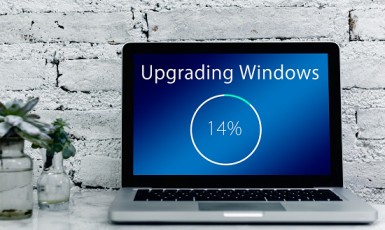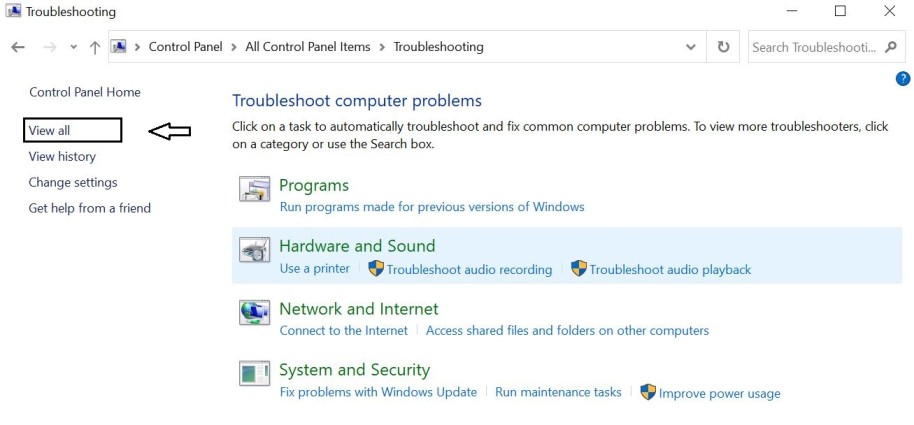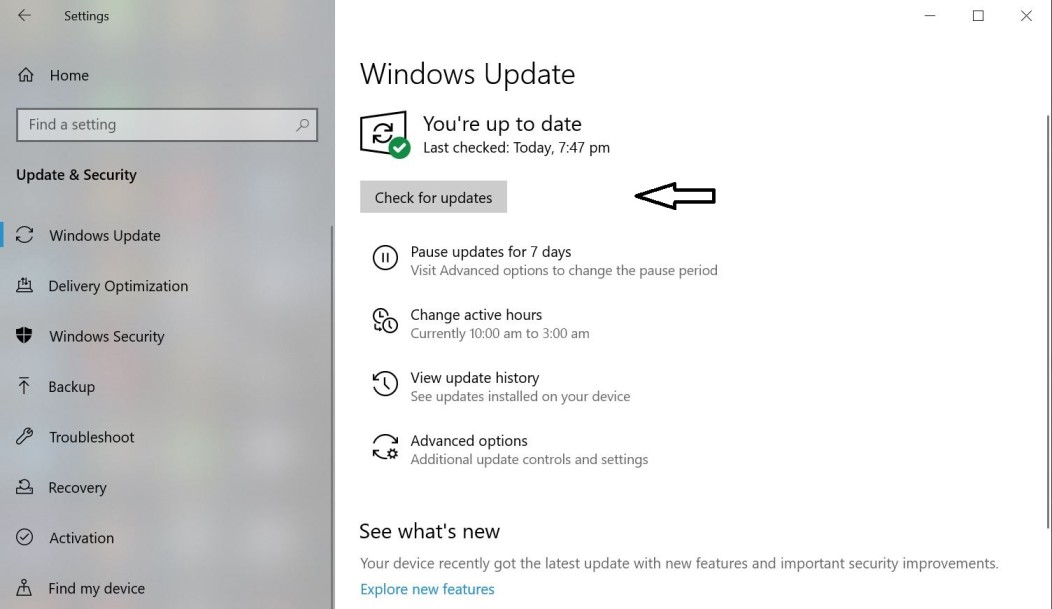How to Fix Windows Update Failure
Fix Windows Update Failure: Windows update is integral to keep your computer in an optimum condition. It resolves security vulnerabilities, adds new features to your device, and helps it to perform at its maximum potential.
However, upgrading Windows is not always a smooth process. Some users report windows update failure due to hardware or software compatibility issues. Some users experience issues with their features. Whatever the reason is, the windows update failure problem can be quite annoying as it affects your system’s performance and leaves it vulnerable to viruses.
Fortunately, there are a few methods that you can you use to identify the issue(s) impeding your Windows upgrade. These methods will also help you diagnose problems in feature updates on PCs that are already running Windows 10.
Before we get into the fixes, it is important to note that some of them will require intermediate to advanced level of technical skills. So, if you feel like you are not up to the task, it is wise to consult a friend or a colleague with some IT experience to assist.
Moreover, before you apply these fixes, there are a few things that might resolve the issue without you doing anything technical.
Table of Contents
Important Steps Before Updating Windows
If your upgrade to Windows 10 fails the first time, you do not need to worry much. In most cases, the following simple steps will allow you to upgrade when you try again.
- Unplug all the unnecessary USB devices, including flash drives, dongles, modems, etc.
- Disable the antivirus, firewall, and unnecessary start-up programs
- Reboot the system
Most of the installation failures will sideline once these steps are taken. However, if the issue persists, here are the fixes that you can try.
6 Ways to Fix Windows Update Failure
1: Run Windows Update Troubleshooter
The Windows Update Troubleshooter is an automated diagnostic tool by Microsoft that can be used to find and fix Windows update failure issues. Follow these steps to run the troubleshooter.
- Click on the Start menu and tap Control Panel
- In the window that opens, select Troubleshooting
- Click View all and look for Windows Update in the category
- Once you run it, click next to continue and choose ‘Try troubleshooting as an administrator.’
- Wait for the diagnostic tool to run and detect issues. Try the fixes it offers and exit the window
After applying these steps, exit the troubleshooter, restart the PC and try to run the updates again.
2: Check your RAM
Bad memory modules can also be the culprit for upgrade failures. Look for any faulty modules and try switching them around to various memory banks. If changing the memory banks does not fix the issue, you might have a defective memory module.
There are multiple tests that you can perform to find out which module is faulty. One such test is the memtest86+ that scans the modules and confirms if any of the memory stick is faulty. Let it run for a while, and if no errors are detected, the issue may reside elsewhere.
3: Check the hard drive for errors
Sometimes a corrupt hard drive may also be the reason why the Windows are not upgrading. Therefore, check your disk for errors and eliminate them. Here is how you can find out the health of your drive:
- Go to the start menu and type command prompt
- Run command prompt as an administrator
- In the new window, type chkdsk/f C: and press Enter
The process will automatically start the repair on your hard drive, and you will be asked to restart your PC. After rebooting the system, try installing the updates and see if it solves the problem.
4: Free up the disk space
To update Windows 10, you will need a minimum of 16 GB and 20 GB of disk space for 32 bits and 64 bits, respectively. If your drive does not have the required free space, you will not be able to install updates. Manage your files and apps properly and try to free up some space by following these tips.
- Uninstall non-essential programs
- Move older files (docs, photos, videos, etc.) to an external hard drive
- Turn on the Storage sense to let Windows automatically delete temporary files
You can also delete unnecessary files manually in the storage settings.
5: Check windows update utility manually
The Windows Update utility is a service by Microsoft that automates downloading and installing updates over the internet. It delivers services for Microsoft, including Windows OS, Windows Defender, and Microsoft Security Essentials.
If you are facing windows update failure, a non-functional Windows Update Utility may be a reason. You can check it by following these steps.
- Go to the Start menu and click on Settings
- Tap the Update & Security and look for any errors in the window that pops up
- Select Fix issues to allow Windows Update utility to finish updates.
You can also choose to install updates automatically, which can be found in the Advanced options. After all these steps, you will have to restart your system and see if the update failure problem is resolved.
6: Repair corrupt system files
Another reason for windows update failure may be due to the corrupt system files. To resolve this issue, you will be required to run System File Checker and repair any corrupt files. Here is how you can do it.
- Type command prompt in the search box and run it as administrator
- In the window that appears, type sfc /scannow and press Enter
It will begin the system scanning process that may take up to a few minutes. Do not close the window until the verification phase is fully completed. Reboot the system after the process is completed and check if the update issue is resolved.
Still, Stuck?
We hope that one of these fixes will resolve the issue, causing the Windows update failure on your PC. However, you can always contact the Microsoft Windows Support team if the issues persist. It is also pertinent to mention that some updates may not be worth all the pain, so you can just skip the update and move on with your life.
Follow Us On:


